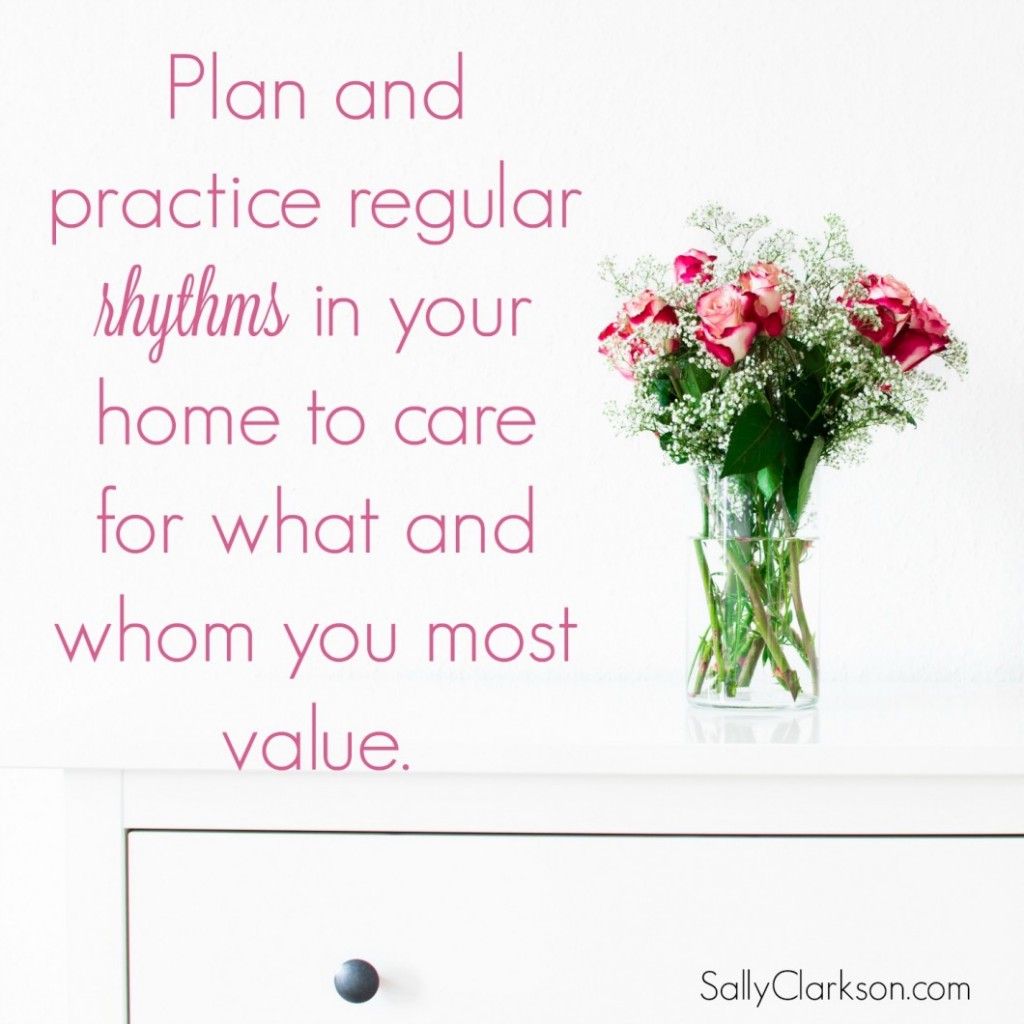
I can still remember the day. After much deliberation my husband, Clay, and I decided we were going to purchase an empty one-acre lot of mountain land nestled against the foothills of the Rocky Mountains. Thus began the daunting but exhilarating task of constructing our dream home.
Our Rocky Mountain “Rivendell” would provide us with countless happy and meaningful memories during the most important years of our children’s youth. But many pieces had to be put in place before that could happen. We had to choose a contractor to oversee the job. Countless choices had to be made regarding paint, carpet, flooring, fixtures, and landscaping. And before we could make any of those decisions, we needed a plan.
When architects consider a house they want to build, they know they must start with a well- crafted, viable blueprint. The blueprint will guide them through all the stages of construction from laying a strong foundation all the way through putting the finishing touches on the building. Even when plans must be changed—as they inevitably are during the process of construction—the blueprint helps guide the adjustments.
So it is with how we create home both physically and spiritually.
If we don’t have a plan, all the ebbs and flows of life will take us by surprise. All the resources we use to create a home environment will be used on the fly, without a sense of purpose and structure.
So what does a blueprint for a lifegiving home look like? What elements ought to be gathered and considered before setting forth on such a grand and daunting task? This process will look different for every home and family. Every family will set their own pace and find their own rhythms.
But as I have observed my own family and the families of friends, I have recognized a few key elements that tend to emerge in every family—things that, if taken into consideration while making a plan, contribute significantly to a positive home environment and help us roll with the punches when changes happen.
First and foremost, figuring out how to manage individual family needs is paramount. It’s easy to get caught up in the details and forget that the purpose of a lifegiving home is to nurture real human souls and bodies. Everything else is secondary to this cause.
God interacts with us relationally, as a Parent. He loves each of us and seeks a personal relationship with us. And the best way to create a vibrant life in a home is to do the same—to seek out each individual and relate to that person according to his or her hopes, desires, and needs.
Planning ahead is one of the best ways to ensure every person in the home receives a fair share of attention.
Letting our days just happen not only leads to chaos but also increases the chances that what we value most just won’t get done.
Certainly every personality interfaces with schedules differently.
Some people write out every portion of their day; others take a more general approach. What’s important is to invest in planning ahead of time to create space for what matters and to allow for those unexpected moments that inevitably come along.

